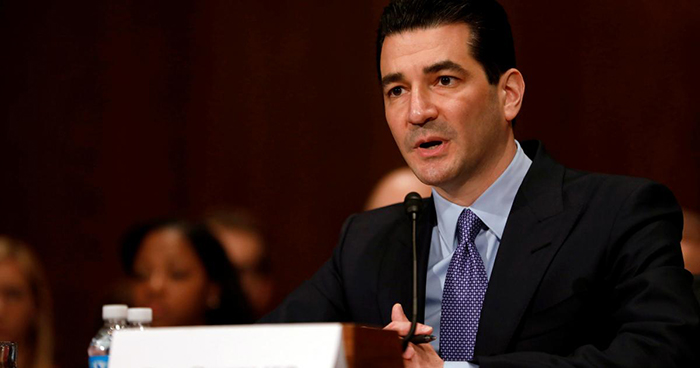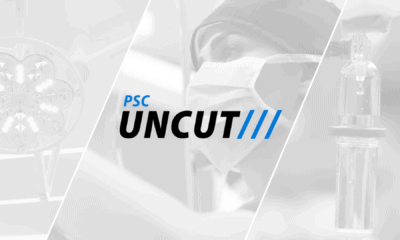The United States’ Food and Drug Administration, the FDA, is responsible for regulating any medical device sold in the United States, even if it’s made abroad. Every few years, they implement a system-wide review of all the devices that they have approved over the years. This is important for plastic surgery patients for a couple of reasons.
The FDA ensures that the devices used in aesthetic procedures, such a breast implant or laser device, is safe. Recently, they have implemented a new approval system that is more transparent. This, in turn, helps guarantee competition among device manufacturers, which can be great for both plastic surgeons and patients.
Dr. Jason Pozner of Boca Raton, FL and Dr. John Q. Cook of Chicago, IL discuss the ways in which the FDA’s review system affects plastic surgery and outcomes for their patients.
Why is the FDA Important?
In addition to making sure that the foods and drugs we put into our bodies are safe, the FDA’s Center for Devices and Radiological Health is also responsible for regulating firms who manufacture, repackage, relabel and/or import medical devices sold in the United States.
This includes devices that are used in plastic surgery, such as:
- breast implants
- chin implants
- lasers
- radiofrequency devices
- microneedling devices
- surgical internal support mesh
The reason that this is so important for patients is that it helps to ensure that any device used is safe.
Changes Under New FDA Head Are Good for Plastic Surgery
The process by which a device is regulated, however, has completely changed over the last few years. “It used to be an us against them,” explains Dr. Pozner. Now, it’s a different world under Scott Gottlieb, the new commissioner of the FDA.
Today, a company with a new device sits down with the FDA prior to approval. The FDA then lists exactly what needs to happen or be done in order for that particular device to get approval. In the past, the company would conduct all of these studies on the safety of the device, it would go to the FDA. They would say, ‘Well, you forgot this, this and this,’ and the company would have to go back to the drawing board.
It was a waste of time and energy, and often delayed the release of a potentially useful device. “This doesn’t happen anymore,” explains Dr. Pozner. Under Mr. Gottlieb,“I think they’re doing a really good job.”
New Regulatory Process Ensures Competition
Dr. Cook agrees that the FDA’s new regulatory process is better. There is no longer a case of regulatory capture. This is a form of government failure when a regulatory agency is supposed to act in the public interest, but instead advances the concerns of a special interest group.
Before Mr. Gottlieb and his changes, it was possible for a company to use the FDA’s drawn-out approval process to suppress a competing device from getting into the market. “The process has always been more murky than it should be,” shares Dr. Cook.”And if we can get to a point of more transparency, it’s better for both the patients and the plastic surgeons.”
The FDA is Getting to Know the Industry
Dr. Pozner has gotten to know many of the FDA employees responsible for approving devices because they are coming to the laser meetings in order to be informed. The FDA today understand the industry and the devices. This way, “they know when someone is trying to pull the wool over their eyes. They know if something is crap or not,” Pozner shares. This knowledge allows them to do a far better job regulating plastic surgery devices than in the past.
Dr. Cook agrees, but he thinks it would be nice if there was “bigger” information. “Sometimes, devices get approved with a very small number of individuals in the trial,” he explains. The problem with this is, perhaps down the road, the plastic surgeon discovers that the device does not quite deliver on everything that the manufacturer promised.
Safety & Efficacy – Both Critical
Dr. Pozner points out part of the problem is that the FDA was, first and foremost, looking to see if the device was safe for patients. They weren’t quite as concerned with the device’s efficacy. Today, however,“I think they’re kind of going back and forth,” says Dr. Pozner. When a manufacturer makes a claim about what a specific device can accomplish, the FDA wants to make certain that these claims are correct. They are starting to go after these false claims.
The upshot of this new leadership and regulatory process is an FDA that is smarter and more in tune with the plastic surgery industry. This means better, more effective devices that are safer for patients. Furthermore, ensuring competition between device manufacturers can often lead to less expensive treatments.













Facebook
Twitter
Instagram
YouTube
RSS